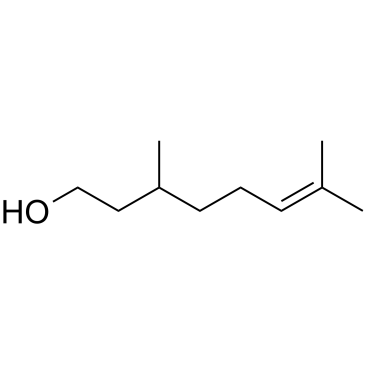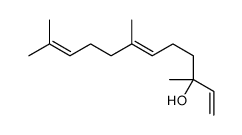| 结构式 | 名称/CAS号 | 全部文献 |
|---|---|---|
 |
香茅醇
CAS:106-22-9 |
|
 |
(-)-beta-香茅醇
CAS:7540-51-4 |
|
 |
反式橙花叔醇
CAS:7212-44-4 |
|
 |
反式-橙花叔醇
CAS:40716-66-3 |
|
 |
(+)-β-Citronellol
CAS:1117-61-9 |
|
 |
顺-橙花椒醇
CAS:3790-78-1 |